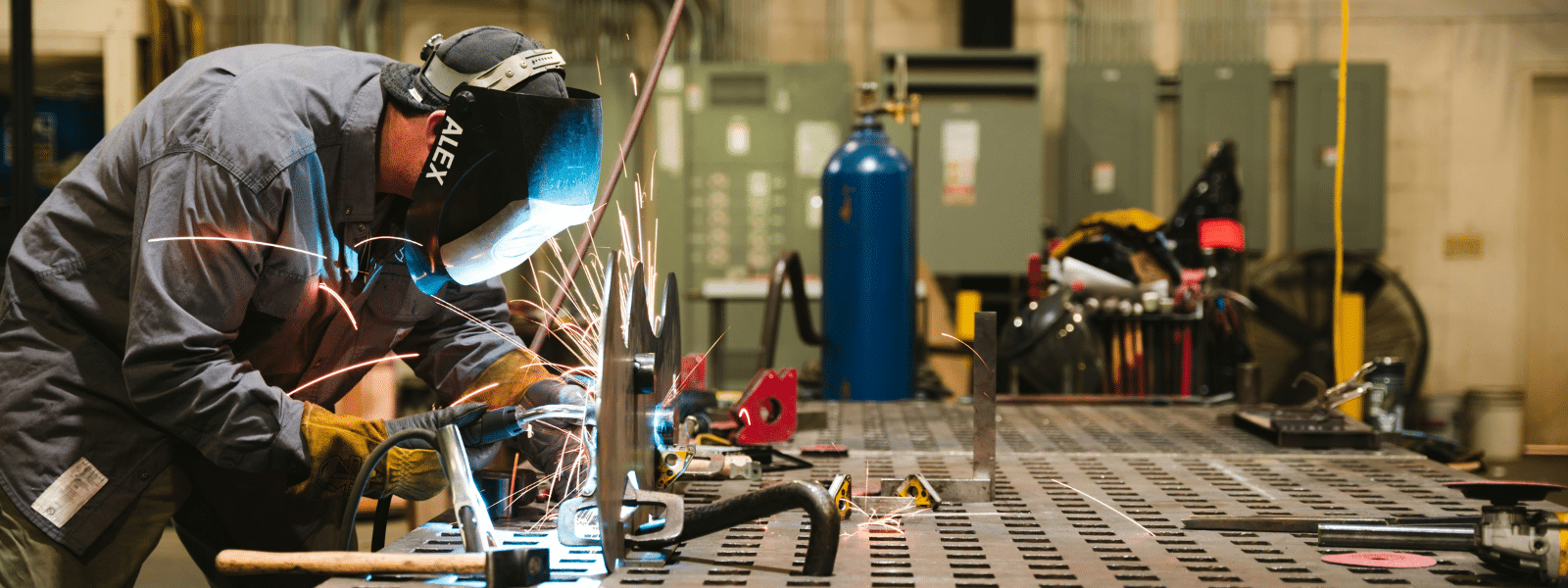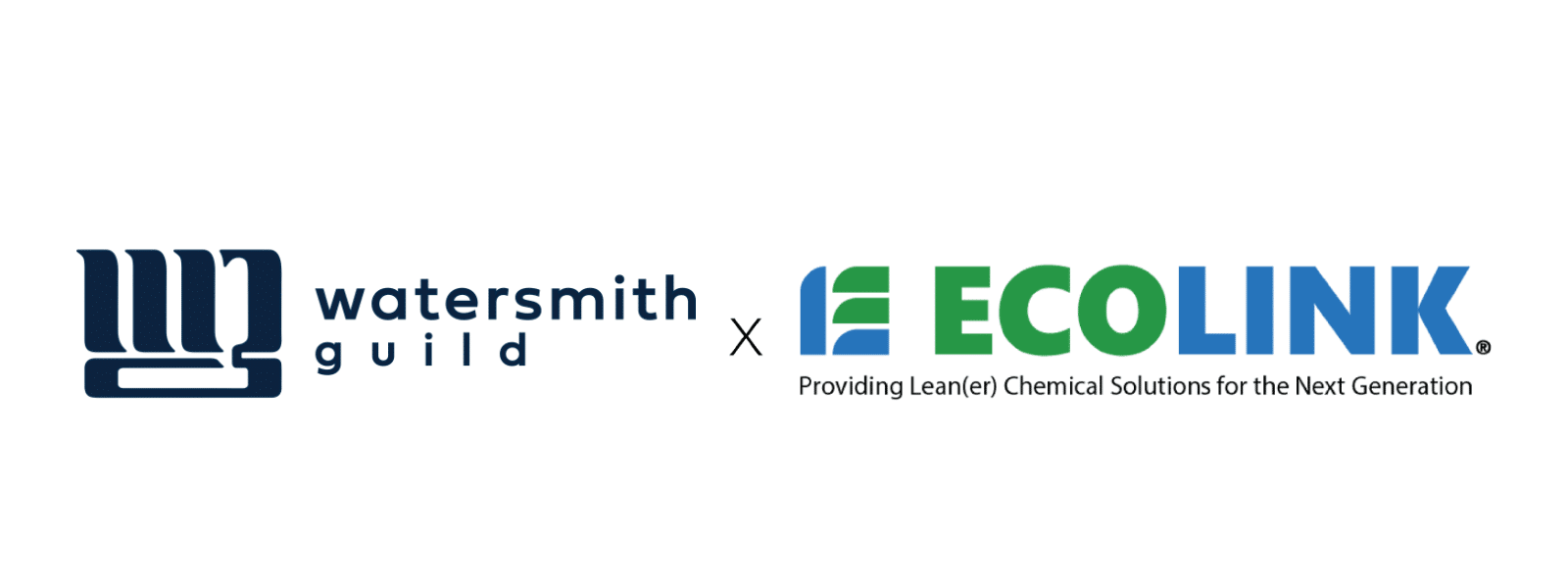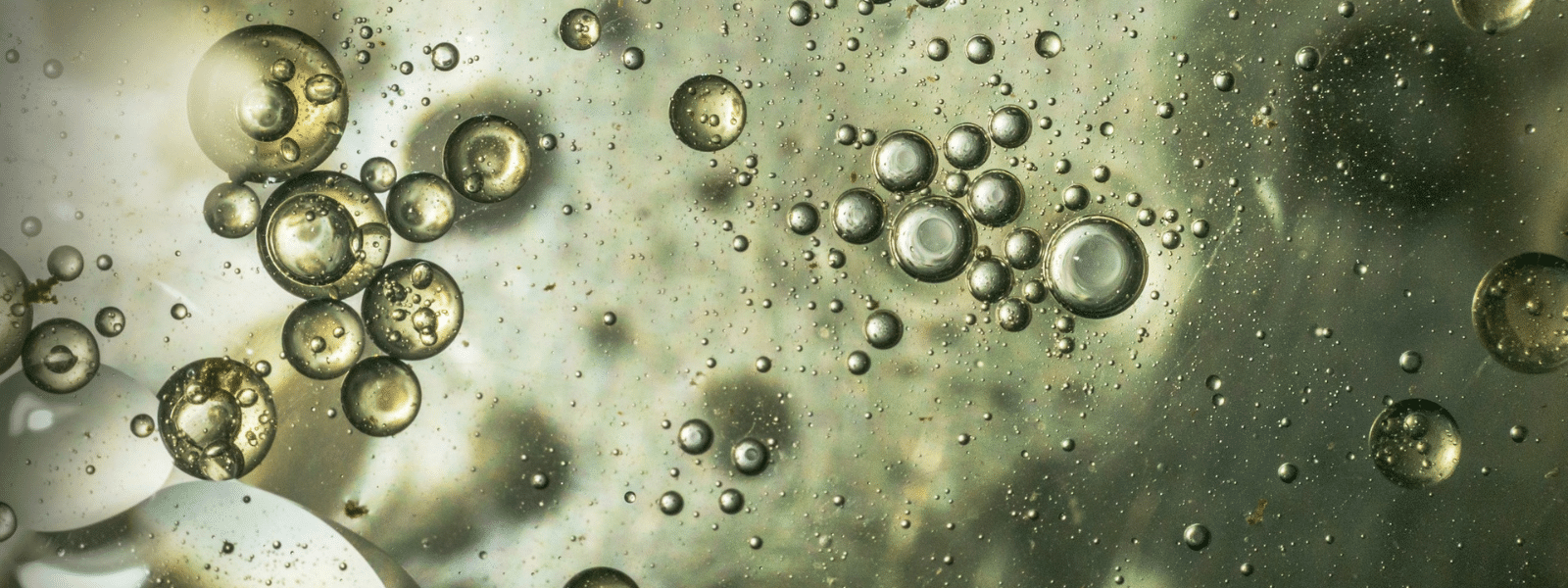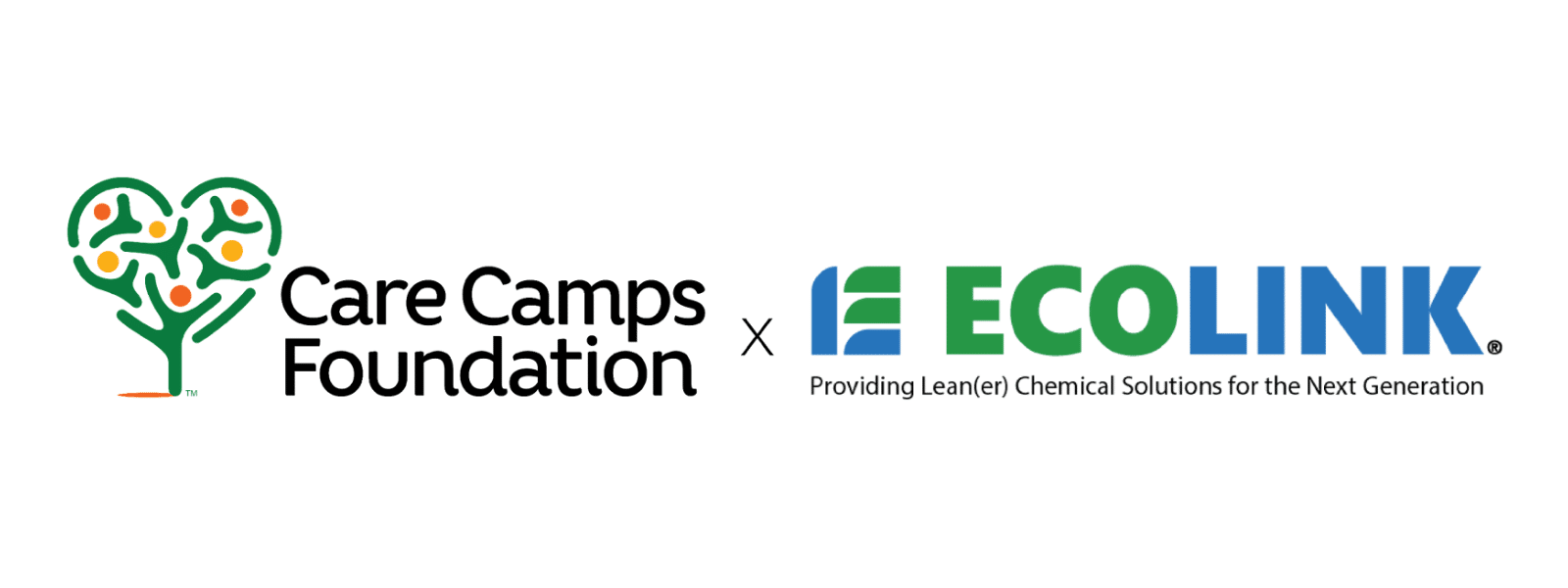Hydrofluoroethers (HFEs) don’t cause ozone depletion, have an extremely low potential for global warming and do not have a long atmospheric lifetime. Other chemicals that perform the same function emit greenhouse gases and contribute to global warming. Read on to find out just how beneficial to the environment switching to HFEs can be!
HFEs Key Environmental Factors
- Zero Ozone Depletion
- Nonvolatile Organic Chemical
- Short Atmospheric Lifetime
- Low Global Warming
- Low Solubility in Water
HFEs are an environmentally smart substitute. Compared to chlorofluorocarbons (CFCs), hydrochlorofluorocarbons (HCFCs), and hydrofluorocarbons (HFCs), HFEs have almost no effect on the environment. With zero ozone depletion, a short atmospheric lifetime, and low global warming potential, HFEs have a simplified product waste stream, reducing operational and regulatory concerns.
Why are CFCs, HCFCs, and HFCs so bad?
84% of ozone depletion is caused by humans from sources such as CFCs and HCFCs. A decreased ozone concentration allows for harmful UV rays to reach the earth’s surface. Some side effects of a decrease in the concentration of ozone in the stratosphere are:
- Increase in cases of skin cancer
- Increase ground-level smog
- Damage to terrestrial and aquatic plant life
Global warming can be attributed to the three chemicals trapping heat in the lower atmosphere causing the earth to warm.
By replacing CFCs, HCFCs, and HFCs with HFEs in industrial and commercial processes, fewer CFCs and HFCs are emitted into the atmosphere causing environmental harm.
Affected Industries
By substituting greenhouse gas-emitting chemicals from processes, companies can prevent contributing to the destruction of the environment. Industries that would benefit from switching to HFEs include:
- Refrigeration
- Aerospace
- Analytical Equipment
As industries make the switch to a cleaner substance, there is less stress to staying within EPA emission regulations since there are little to no emissions when using HFEs as opposed to CFCs, HCFCs, or HFCs.
Looking for products with HFEs?
Ecolink wants to help you maintain the quality of your products and services while substituting HFEs for other chemicals that are harmful to the environment. Contact us for any questions or concerns on how we can help you switch to more environmentally friendly chemicals. To learn more about sustainable chemicals strategy, click here.
















